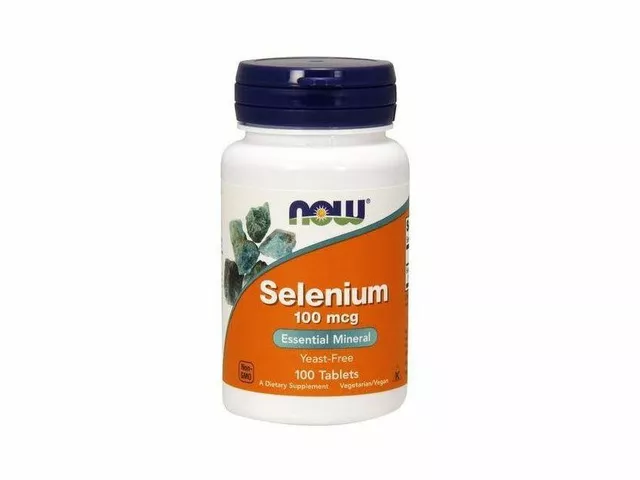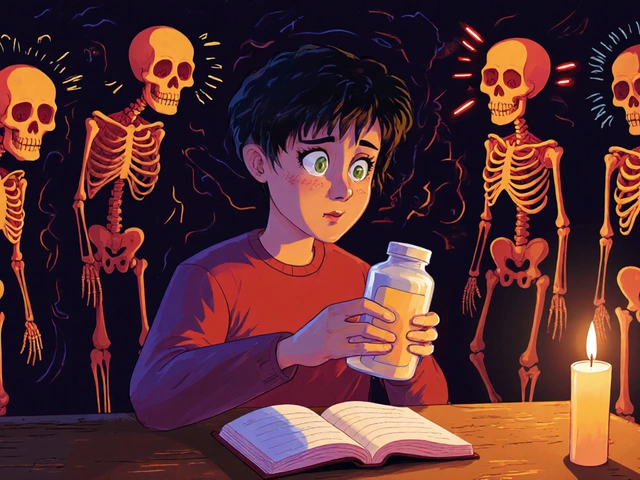Finasteride vs Dutasteride: Quick Guide to Picking the Right One
If you’ve Googled "finasteride vs dutasteride" you probably want to know which drug will help your hair or prostate more. Both belong to the same drug class, but they aren’t identical twins. Below we break down the basics so you can decide without a pharmacy degree.
How They Work
Finasteride blocks the conversion of testosterone to dihydrotestosterone (DHT) by inhibiting the enzyme 5‑alpha‑reductase type II. Less DHT means slower hair‑follicle shrinkage and a smaller prostate. Dutasteride does the same thing but hits both type I and type II enzymes, cutting DHT even more.
Because dutasteride lowers DHT levels roughly twice as much as finasteride, it can be a stronger option for men with larger prostates or stubborn hair loss. The trade‑off is a slightly higher chance of side effects like decreased libido, erectile issues, or breast tenderness.
Choosing the Right One
Start with your goal. If you’re mainly after mild to moderate male‑pattern baldness, finasteride 1 mg a day (the dose sold for hair) usually does the job. It’s cheaper and has a long safety record.
If you’ve tried finasteride and saw little change, or if your urologist diagnosed an enlarged prostate (BPH), dutasteride 0.5 mg daily might be worth a shot. Many doctors prescribe it for BPH because the extra DHT reduction can shrink the gland faster.
Side‑effect profiles overlap, but dutasteride’s broader enzyme block can cause slightly more sexual side effects for some men. Keep an eye on mood changes too—rare, but reported.
Cost matters. Generic finasteride is often under $10 a month, while dutasteride can be $30‑$40 unless you have insurance. Check your pharmacy’s price list before committing.
What about lab work? Both drugs can raise PSA (prostate‑specific antigen) numbers, which may confuse cancer screening. Your doctor will adjust PSA readings or temporarily stop the medication before testing.
Pregnant women must avoid handling crushed tablets because the active ingredient can affect a male fetus. Store pills safely and wash hands after touching them.
In practice, many men start with finasteride, see how they feel, and only switch to dutasteride if results are unsatisfactory. That step‑wise approach lets you weigh benefits against side‑effects without jumping straight into the stronger drug.
Bottom line: finasteride is a solid first‑line choice for hair loss and mild BPH; dutasteride is the go‑to for bigger prostate issues or when finasteride falls short. Talk to your doctor, compare costs, and monitor any changes. You’ll know quickly which one fits your needs."

Does dutasteride affect mood? A clear, evidence-based look at depression, anxiety, and suicidality risks, plus safer use tips, monitoring checklists, and alternatives.
Chris Gore Sep 5, 2025




